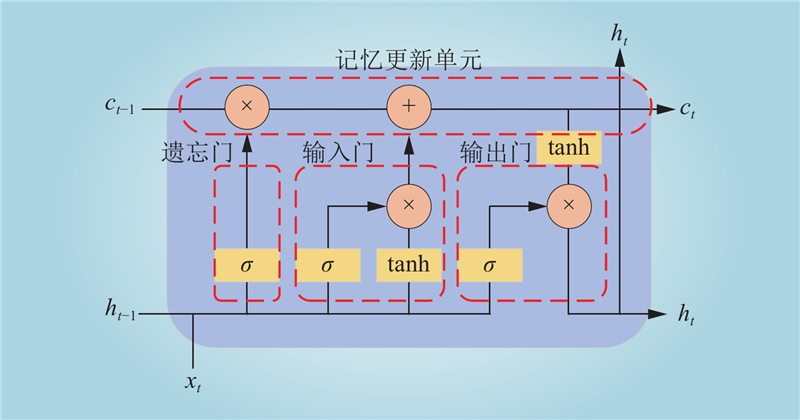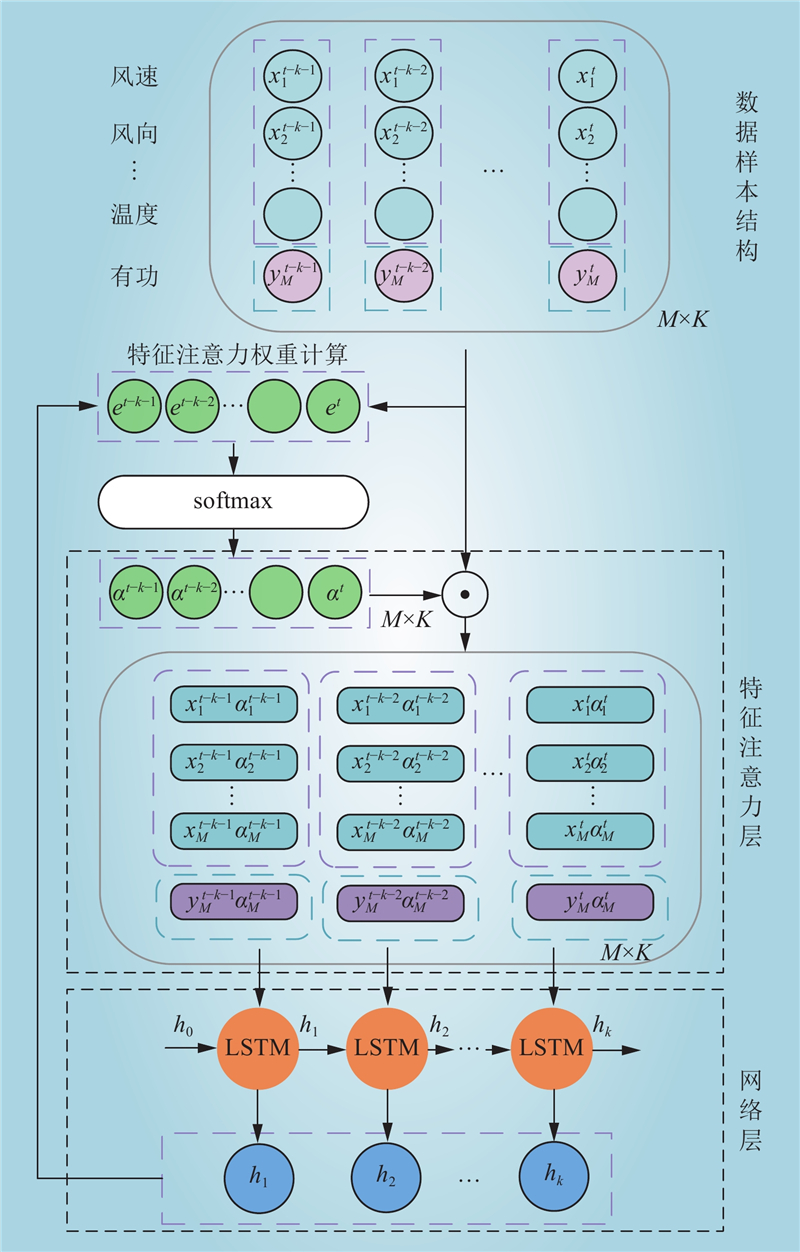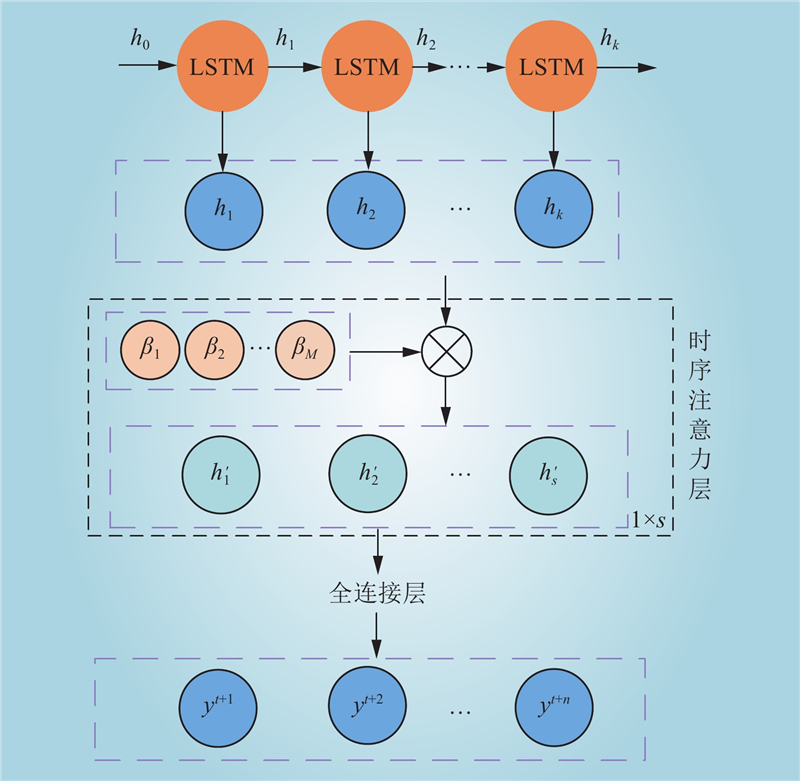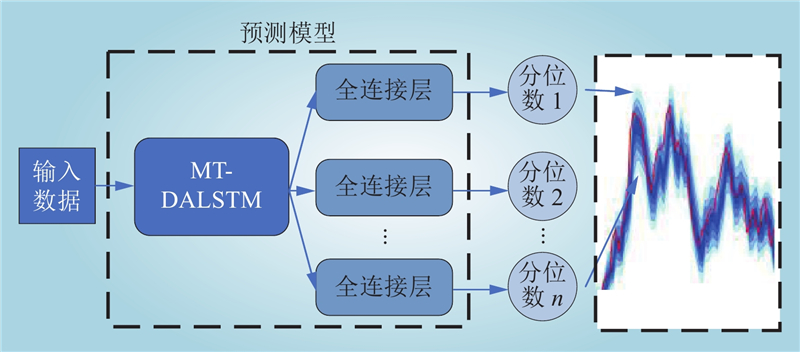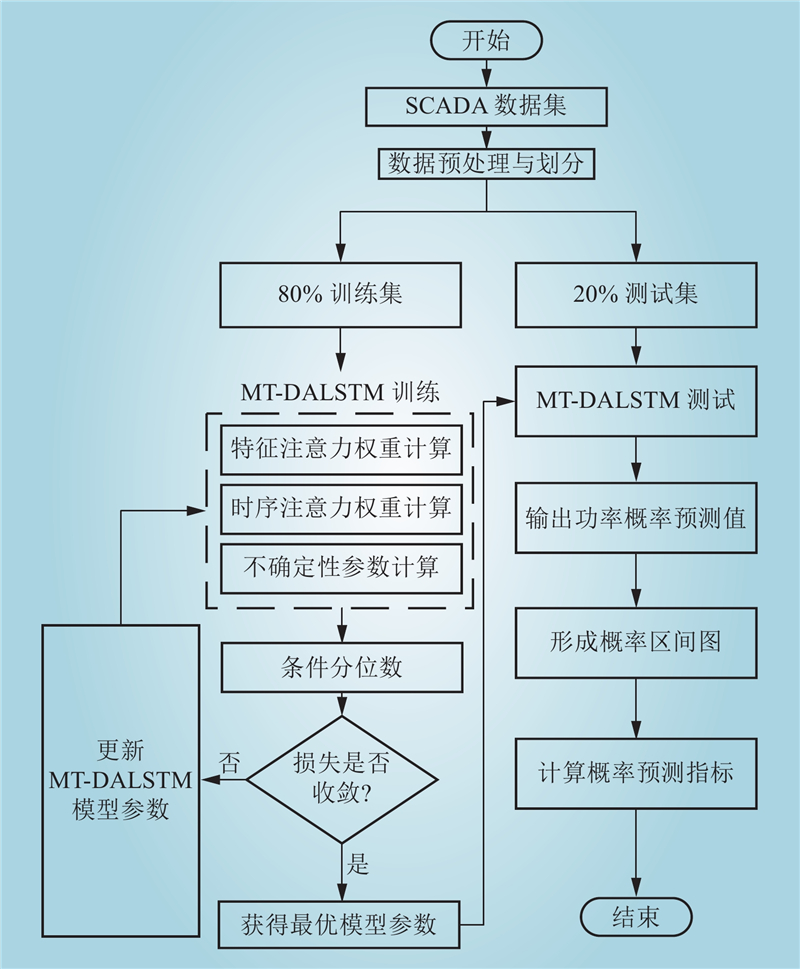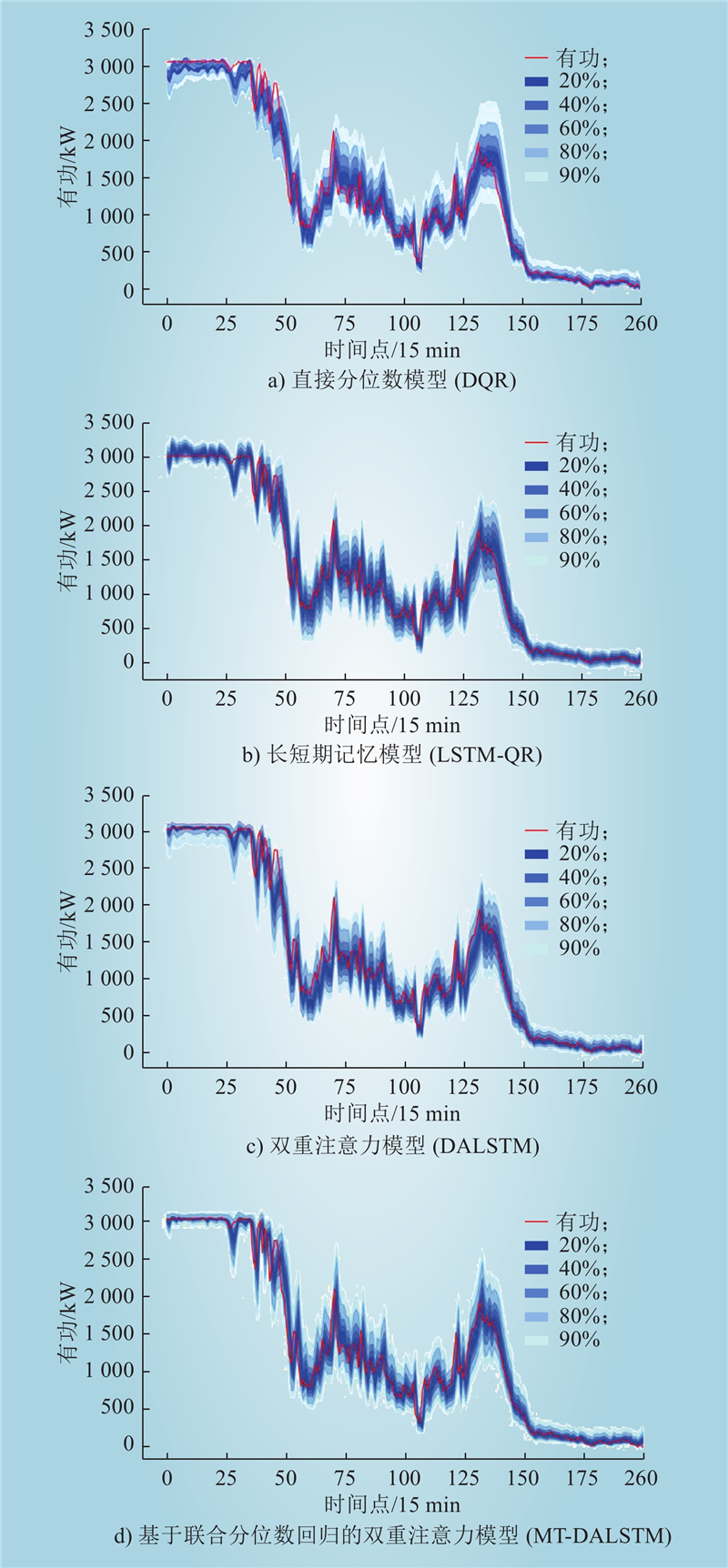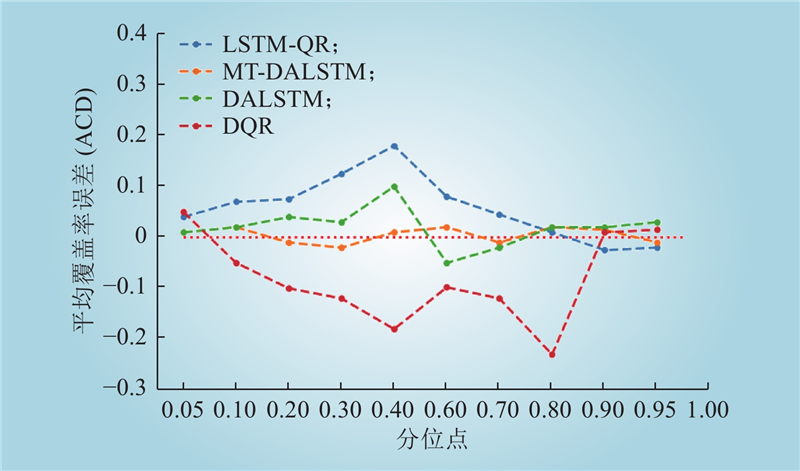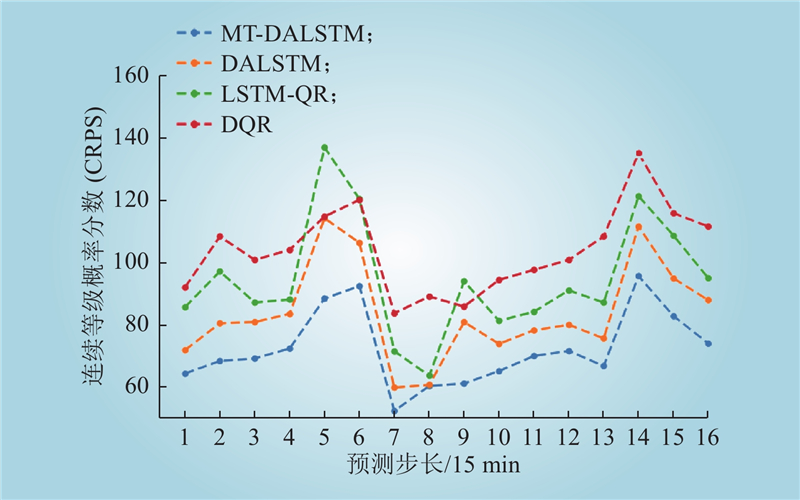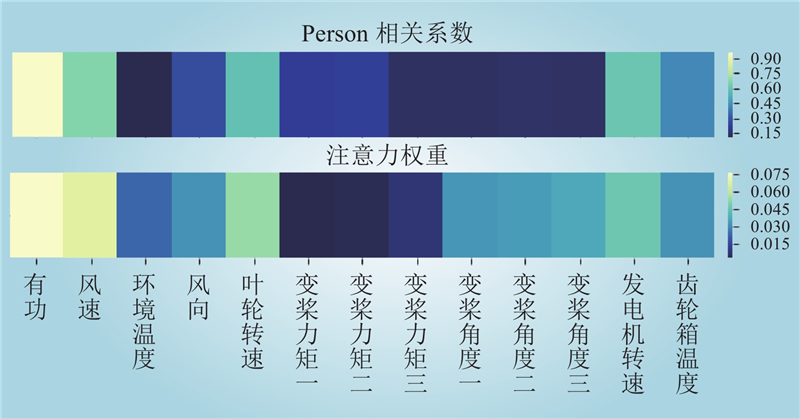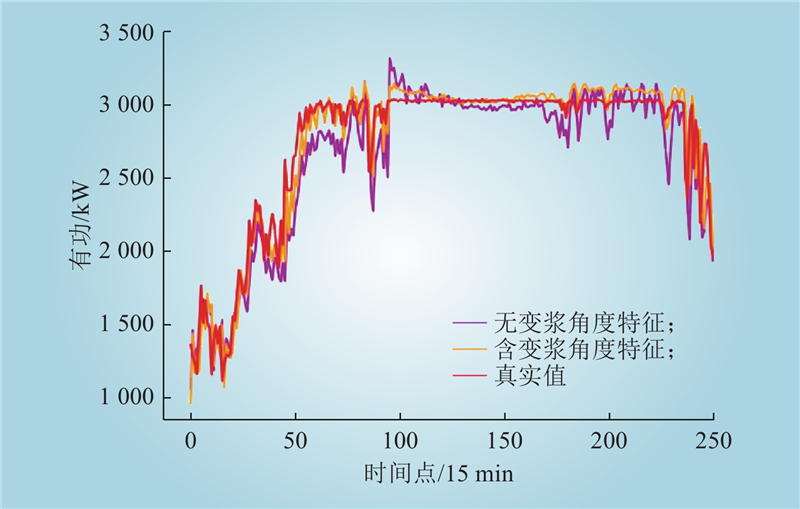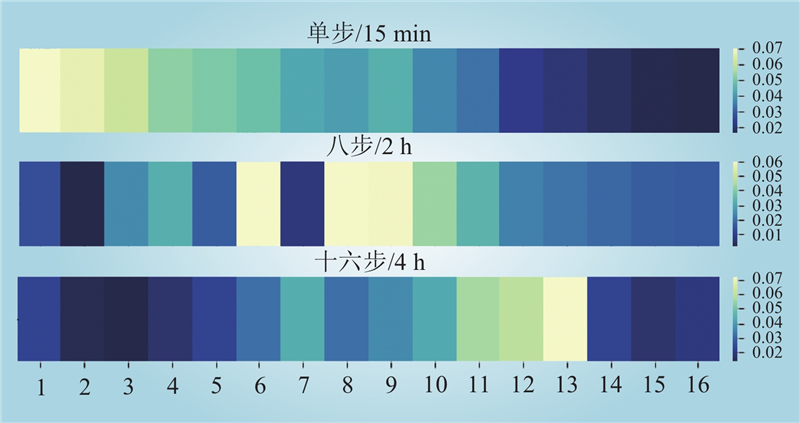| 1 |
全球风能协会(GWEC). 全球风能2022年度报告[EB/OL].https://gwec. net/policy- research/reports/.
|
| 2 |
孙荣富, 张涛, 和青, 等. 风电功率预测关键技术及应用综述[J]. 高电压技术, 2021, 47 (4): 1129- 1143.
DOI
|
|
SUN Rongfu, ZHANG Tao, HE Qing, et al. Review on key technologies and applications in wind power forecasting[J]. High Voltage Engineering, 2021, 47 (4): 1129- 1143.
DOI
|
| 3 |
迟永宁, 梁伟, 张占奎, 等. 大规模海上风电输电与并网关键技术研究综述[J]. 中国电机工程学报, 2016, 36 (14): 3758- 3771.
DOI
|
|
CHI Yongning, LIANG Wei, ZHANG Zhankui, et al. An overview on key technologies regarding power transmission and grid integration of large scale offshore wind power[J]. Proceedings of the CSEE, 2016, 36 (14): 3758- 3771.
DOI
|
| 4 |
YUAN X H, TAN Q X, LEI X H, et al. Wind power prediction using hybrid autoregressive fractionally integrated moving average and least square support vector machine[J]. Energy, 2017, 129, 122- 137.
DOI
|
| 5 |
LIU X L, LIN Z, FENG Z M. Short-term offshore wind speed forecast by seasonal ARIMA - a comparison against GRU and LSTM[J]. Energy, 2021, 227, 120492.
DOI
|
| 6 |
张群, 唐振浩, 王恭, 等. 基于长短时记忆网络的超短期风功率预测模型[J]. 太阳能学报, 2021, 42 (10): 275- 281.
DOI
|
|
ZHANG Qun, TANG Zhenhao, WANG Gong, et al. Ultra-short-term wind power prediction model based on long and short term memory network[J]. Acta Energiae Solaris Sinica, 2021, 42 (10): 275- 281.
DOI
|
| 7 |
LIN Z, LIU X L. Wind power forecasting of an offshore wind turbine based on high-frequency SCADA data and deep learning neural network[J]. Energy, 2020, 201, 117693.
DOI
|
| 8 |
黄冬梅, 庄兴科, 胡安铎, 等. 基于灰色关联分析和K均值聚类的短期负荷预测[J]. 电力建设, 2021, 42 (7): 110- 117.
DOI
|
|
HUANG Dongmei, ZHUANG Xingke, HU Anduo, et al. Short-term load forecasting based on similar-day selection with GRA-K-means[J]. Electric Power Construction, 2021, 42 (7): 110- 117.
DOI
|
| 9 |
梁智, 孙国强, 卫志农, 等. 基于变量选择与高斯过程回归的短期负荷预测[J]. 电力建设, 2017, 38 (2): 122- 128.
DOI
|
|
LIANG Zhi, SUN Guoqiang, WEI Zhinong, et al. Short-term load forecasting based on variable selection and Gaussian process regression[J]. Electric Power Construction, 2017, 38 (2): 122- 128.
DOI
|
| 10 |
MNIH V, HEESS N, GRAVES A, et al. Recurrent models of visual attention[EB/OL]. 2014: arXiv: 1406.6247.https://arxiv.org/abs/1406.6247.
|
| 11 |
YUAN K, ZHANG K F, ZHENG Y X, et al. Irregular distribution of wind power prediction[J]. Journal of Modern Power Systems and Clean Energy, 2018, 6 (6): 1172- 1180.
DOI
|
| 12 |
WANG Y, HU Q H, MENG D Y, et al. Deterministic and probabilistic wind power forecasting using a variational Bayesian-based adaptive robust multi-kernel regression model[J]. Applied Energy, 2017, 208, 1097- 1112.
DOI
|
| 13 |
WANG Z, WANG W S, LIU C, et al. Short-term probabilistic forecasting for regional wind power using distance-weighted kernel density estimation[J]. IET Renewable Power Generation, 2018, 12 (15): 1725- 1732.
DOI
|
| 14 |
阎洁, 刘永前, 韩爽, 等. 分位数回归在风电功率预测不确定性分析中的应用[J]. 太阳能学报, 2013, 34 (12): 2101- 2107.
DOI
|
|
YAN Jie, LIU Yongqian, HAN Shuang, et al. Quantile regression in uncertainty analysis of wind power forecasting[J]. Acta Energiae Solaris Sinica, 2013, 34 (12): 2101- 2107.
DOI
|
| 15 |
CANNON A J. Quantile regression neural networks: implementation in R and application to precipitation downscaling[J]. Computers & Geosciences, 2011, 37 (9): 1277- 1284.
|
| 16 |
WAN C, LIN J, WANG J H, et al. Direct quantile regression for nonparametric probabilistic forecasting of wind power generation[J]. IEEE Transactions on Power Systems, 2017, 32 (4): 2767- 2778.
DOI
|
| 17 |
WANG H Z, WANG G B, LI G Q, et al. Deep belief network based deterministic and probabilistic wind speed forecasting approach[J]. Applied Energy, 2016, 182, 80- 93.
DOI
|
| 18 |
李丹, 张远航, 杨保华, 等. 基于约束并行LSTM分位数回归的短期电力负荷概率预测方法[J]. 电网技术, 2021, 45 (4): 1356- 1364.
DOI
|
|
LI Dan, ZHANG Yuanhang, YANG Baohua, et al. Short time power load probabilistic forecasting based on constrained parallel-LSTM neural network quantile regression mode[J]. Power System Technology, 2021, 45 (4): 1356- 1364.
DOI
|
| 19 |
GUO T, LIN T, ANTULOV-FANTULIN N. Exploring interpretable LSTM neural networks over multi-variable data[EB/OL]. 2019: arXiv: 1905.12034.https://arxiv.org/abs/1905.12034.
|
| 20 |
LI A, XIAO F, ZHANG C, et al. Attention-based interpretable neural network for building cooling load prediction[J]. Applied Energy, 2021, 299, 117238.
DOI
|
| 21 |
HE X N, HE Z K, SONG J K, et al. NAIS: neural attentive item similarity model for recommendation[J]. IEEE Transactions on Knowledge and Data Engineering, 2018, 30 (12): 2354- 2366.
DOI
|
| 22 |
HU J M, TANG J W, LIN Y Y. A novel wind power probabilistic forecasting approach based on joint quantile regression and multi-objective optimization[J]. Renewable Energy, 2020, 149, 141- 164.
DOI
|
| 23 |
CIPOLLA R, GAL Y, KENDALL A. Multi-task learning using uncertainty to weigh losses for scene geometry and semantics[C]//2018 IEEE/CVF Conference on Computer Vision and Pattern Recognition. Salt Lake City, UT, USA. IEEE, 2018: 7482–7491.
|
| 24 |
万灿, 崔文康, 宋永华. 新能源电力系统概率预测: 基本概念与数学原理[J]. 中国电机工程学报, 2021, 41 (19): 6493- 6509.
|
|
WAN Can, CUI Wenkang, SONG Yonghua. Probabilistic forecasting for power systems with renewable energy sources: basic concepts and mathematical principles[J]. Proceedings of the CSEE, 2021, 41 (19): 6493- 6509.
|
| 25 |
WAN C, NIU M, SONG Y H, et al. Pareto optimal prediction intervals of electricity price[J]. IEEE Transactions on Power Systems, 2017, 32 (1): 817- 819.
DOI
|


